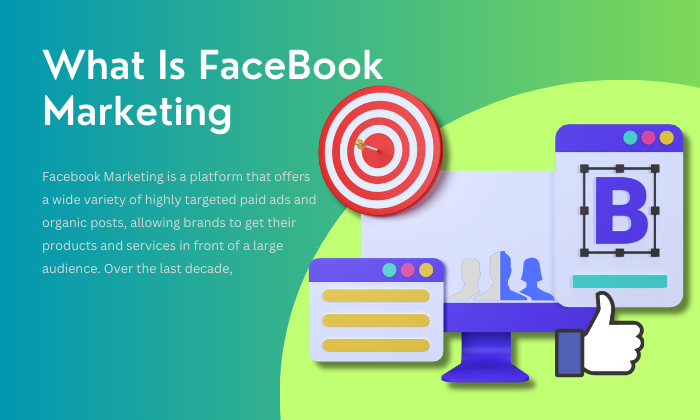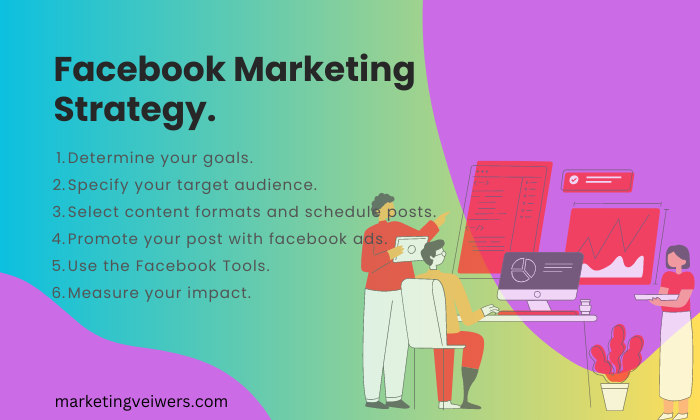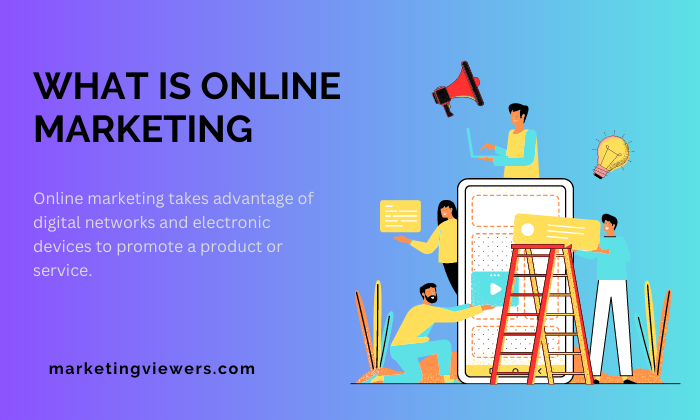Artificial intelligence has quickly gained momentum, with scattered headlines in numerous tech publications. What exactly is it and what does it look like?
As artificial intelligence accelerates across industries, we break down what it actually means and what its marketing applications are.

Artificial Intelligence (AI) is more than just ChatGPT. This can range from Narrow AI that performs very simple tasks such as Apple’s Siri, to technology that could theoretically surpass human intelligence through Super AI.
However you’ve experienced AI, it’s only getting more efficient and powerful, and is sure to stick around. Crucially, it will change the way we work and think about mundane, repetitive tasks.
Below, we explain what artificial intelligence looks like, how marketing teams can benefit from it, and what’s on the technology horizon.
What is Artificial Intelligence?
AI refers to the complex process of building intelligence systems using large amounts of data. AI does this by acquiring knowledge from past experience and learning which eventually trains the system to perform human-like tasks. Through complex algorithms and procedures, AI engineers can create machines capable of independent decision making.
AI can help increase the speed, accuracy and efficiency of tasks, which is a boon for workers as it will allow you to focus on other objectives that require deep thinking and creativity.
Artificial intelligence continues to evolve thanks to machine learning and deep learning, which allows machines to adapt based on incoming information, mirroring human learning processes. This is why Chat GPT and Bard have become a sensation because they are responsive rather than regurgative.
AI can be divided into two main types: capabilities-based and functionality-based. These categories reflect the range of AI applications and how complex the technology can be.

- How to Get to Instagram Marketplace: How to get clients on Instagram
- How to Make a Business Plan: Top 6 Building Blocks
- What are Financial Markets: Types of Financial Markets
- MEIZU 21 Smartphone Specifications: A Unique and Beautiful Smartphone
- What is Foreign Exchange Market
Artificial intelligence has three capacities: narrow, general and super AI. They range from simple and relatively unresponsive to those that almost mimic human intelligence.
Narrow Artificial intelligence
Also known as weak AI, narrow AI is designed to excel at a specific, narrowly defined task, but lacks the ability to extend its capabilities beyond those limits. Is. For example, Apple’s Siri works well within a predefined range of tasks, but struggles when confronted with more complex requests.
Other examples of Narrow AI include Google Translate, image recognition software, recommender systems, and spam filtering.
Although the functions of Narrow AI are limited, it is still a very practical tool for a variety of specialized applications, increasing the efficiency and accuracy in mundane and repetitive tasks.
The General Artificial intelligence
Also known as strong AI, this technology can understand and learn any intellectual task that a human can do. Essentially, it can apply knowledge and skills in a variety of contexts, allowing it to be more responsive than narrow AI. So far, there is no true general AI system because engineers have not yet found a way to make machines conscious.
So far, Fujitsu has built the K computer, one of the world’s fastest supercomputers. In its attempt to achieve strong AI, it took about 40 minutes for the computer to simulate one second of neural activity.
Achieving robust AI still has a long way to go, but considering Microsoft’s recent $1 billion investment through OpenAI, it’s not necessarily light years away.
Super Artificial intelligence
Given our current capabilities, super AI is still the work of science fiction. It will be able to surpass human intelligence as well as perform any task better than a human.
It is envisioned that super AI will experience human emotions to the point where it not only understands them, but can evoke them.
Super AIs will also have their own needs, beliefs, and desires essentially, human beings made of microchips and metal.
Functions-based Artificial intelligence
Another side of AI is its functionality. This category is broken down into Reactive Machines, Theory of Mind AI, Limited Memory AI, and Self-ware AI.
Reaction machines.
It is the most primitive form of artificial intelligence because it does not store or use past experience to determine future actions. Instead, it produces results based on existing data. It reacts and responds to various cues, but it does so without the use of memory for a broader understanding of context. For instance, in marketing, chatbots are an example of reactive machines. It responds based on the cues given by users, but it cannot give them complete, coherent responses based on context because it only responds with current, not past, data.
Although it may seem basic, reactive machines can be really powerful. For example, IBM’s Deep Blue beat the chess master Garry Kasparov. He simply saw the chess pieces and reacted accordingly, even if he did not have the previous experiences to improve his practice. Self-driving cars are another example of a reactive machine.
Theory of Mind Artificial intelligence
Theory of Mind AI is another example of artificial intelligence that only exists as a concept. Basically, it’s AI that can understand people’s feelings, emotions and thoughts. The closest we’ve come to this so far is Kismet, a robot created by MIT researchers in the late 90s. It is capable of imitating and recognizing human emotions. Although this area of AI still needs development, it could have valuable applications in marketing as it can identify angry customers and try to diffuse the situation.
Limited Memory Artificial intelligence
Limited-memory AI uses data from the recent past to train its decisions. It can only use the data that is fed to it for a certain amount of time, which means it cannot add it to the library of experiences. For example, ChatGPT has a limit of 4,000 tokens, which means it cannot recall anything after that number. Other examples are Virtual Assistants and Fraud Detection Systems
These systems are great if you’re trying to build trust among your users because you can guarantee that their data isn’t saved by the system before a certain time or chunk of data. will
A self-aware Artificial intelligence
Self Aware AI and Super AI are used interchangeably. Self-aware AI is hypothetical and aims to be smarter than the human brain.
It will be able to sense and evoke emotions in those with whom it interacts, as well as having its own set of emotions, needs and beliefs.
While this has yet to be developed, skeptics warn of the ethical implications of having technologies that surpass human intelligence because it is unclear how much control we can have over it.






